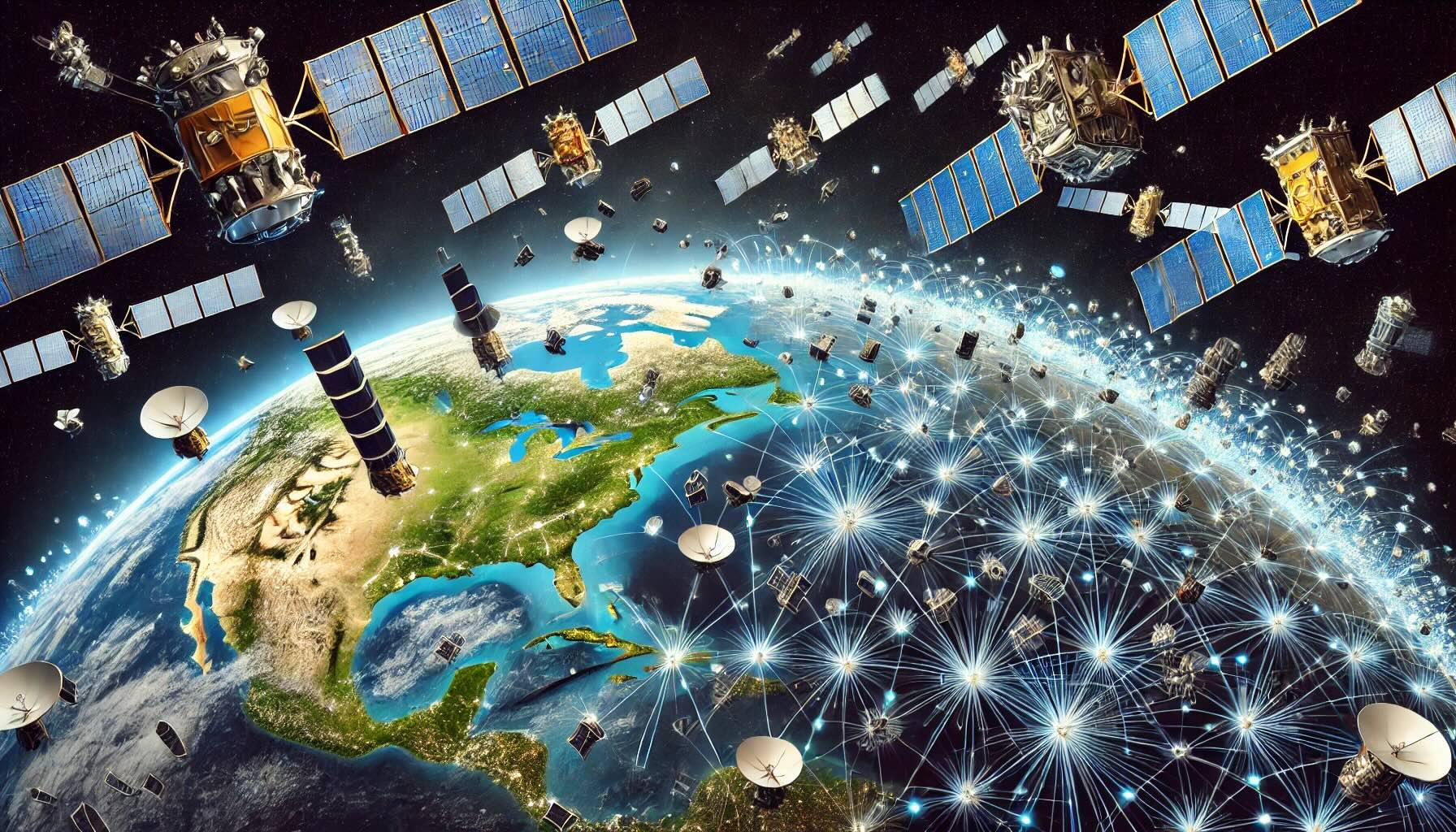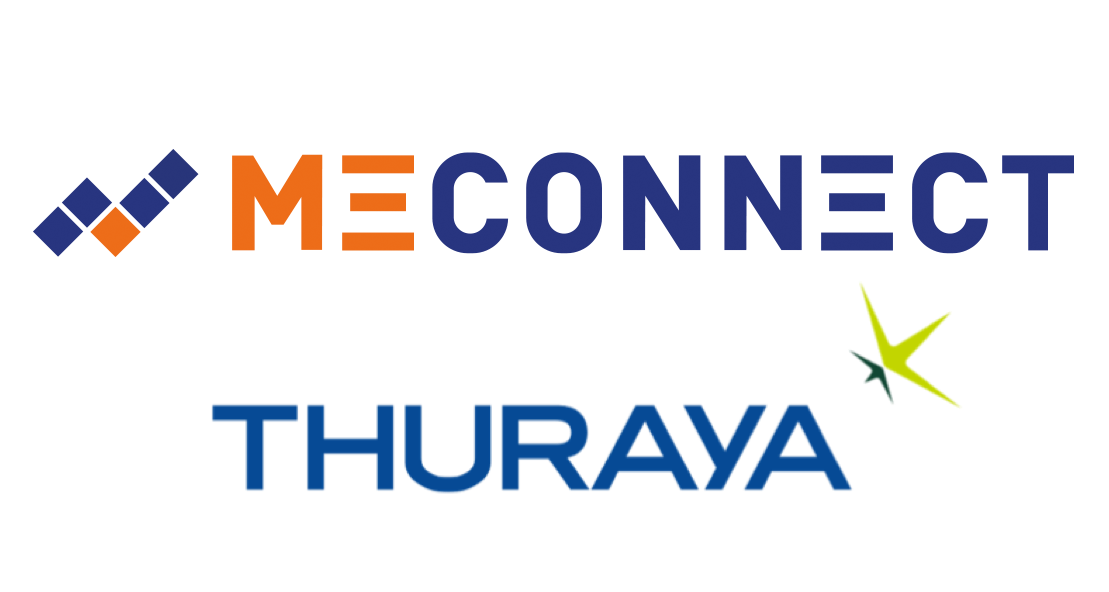
While space debris is a well-known issue in low Earth orbit (LEO), the problem extends to higher orbits, including the geostationary orbit (GEO) commonly known as the Clarke Belt. GEO is a valuable region for satellite communication and weather monitoring due to its fixed position relative to Earth. However, the presence of debris in this orbit poses a significant threat to operational satellites.
The Challenge of Geostationary Space Debris
The geostationary orbit is home to numerous operational satellites, but it is also a graveyard for defunct satellites and debris. Unlike in LEO, where debris eventually reenters Earth's atmosphere due to atmospheric drag, debris in GEO can remain in orbit for centuries due to the lack of significant atmospheric drag.
The presence of debris in GEO increases the risk of collisions with operational satellites. Even small fragments can cause substantial damage due to the high velocities involved. This poses a particular challenge for satellites in GEO, as there is limited capability to maneuver to avoid collisions compared to satellites in LEO.
Mitigating the Threat
Efforts to mitigate the threat of space debris in GEO include the development of guidelines for satellite design and end-of-life disposal. These guidelines aim to minimize the creation of new debris and ensure that defunct satellites are safely removed from orbit.
One example of a mitigation measure is the disposal of satellites into a "graveyard orbit" above GEO at the end of their operational life. This reduces the risk of collisions with operational satellites in GEO. Additionally, active debris removal missions targeting large objects in GEO are being considered to further reduce the risk of collisions.
Space Debris Affecting Space Exploration and Earth-based Telescopes
Space debris not only poses a threat to satellites in orbit but also affects space exploration efforts and interferes with observations from large telescopes on Earth. Debris in orbit can pose a risk to spacecraft traveling beyond Earth's orbit, including crewed missions to the Moon, Mars, and beyond. The presence of debris increases the risk of collisions, which could have catastrophic consequences for these missions.
Moreover, space debris can interfere with observations from large telescopes on Earth. Debris in orbit can pass in front of a telescope's field of view, causing streaks or blurs in images. This interference can affect the quality of astronomical observations and limit our ability to study the universe from Earth.
Conclusion
Space debris in GEO, often overlooked compared to LEO, poses a significant threat to operational satellites, space exploration efforts, and Earth-based telescopes. By implementing mitigation measures and raising awareness of the issue, we can ensure the continued use of GEO for critical satellite services, protect space exploration missions, and preserve the quality of astronomical observations from Earth.
References:
1. European Space Agency (ESA). "Space Debris in Geostationary Orbit."
2. NASA Orbital Debris Program Office. "Geostationary Orbit Debris: A Space Environmental Management Issue."
3. United Nations Office for Outer Space Affairs (UNOOSA). "Space Debris Mitigation Guidelines."
By addressing the issue of space debris in GEO, we can ensure the long-term sustainability of satellite operations in this crucial orbit, protect space exploration missions, and preserve the quality of astronomical observations from Earth.









